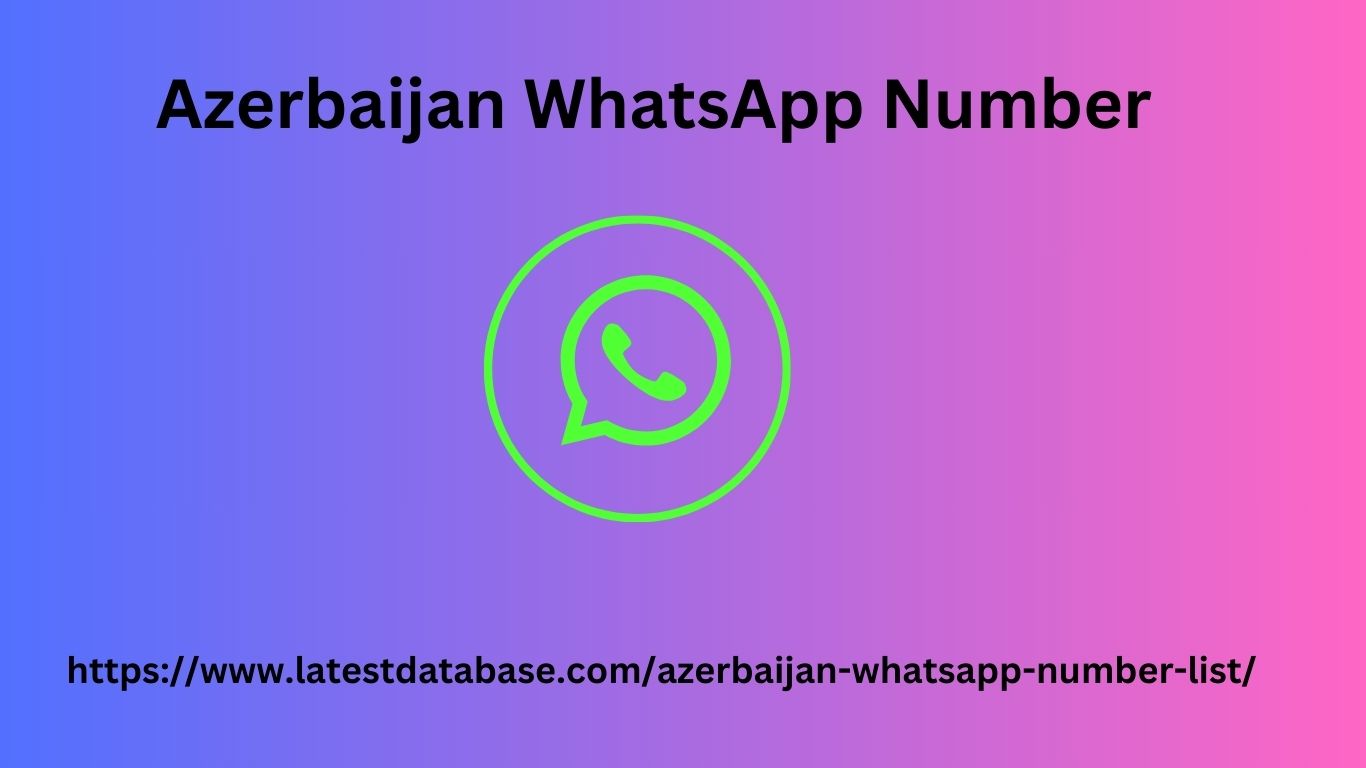|
|
Contribute to your site's overall SEO and boost organic traffic. Here are four things you can do to optimize your images. Choose the best file format Site speed is an important ranking signal, and images often contribute the most to the overall page size. Therefore, you need to optimize image speed to improve the overall performance of your site. The first step in optimizing images is choosing the best file format. So let's look at JPEG, PNG and WebP. The most commonly used image formats on the web are JPEG and PNG.
Techniques, so file sizes can vary significantly between Azerbaijan WhatsApp Number formats. JPEG and PNG image size comparison Looking at the difference in file sizes above, it would be easy to declare JPEG to be the clear winner. But it would be a mistake to systematically use JPEG as the image format for your site. While JPEGs are great for photographs (like in the panda image above), PNGs are best suited for images that contain text, line art, etc. This illustration from Digital Inspiration illustrates my point. PNG vs JPEG WebP is another option that Google analyzes : “WebP is a modern image format that provides superior lossy and lossless compression for images on the web.

Lossless WebP images are 26% smaller than PNGs. Lossy WebP images are 25-34% smaller than comparable JPEG images at equivalent SSIM quality ratings . » Compress your images The larger the size of your image file, the longer it takes for the web page to load. This is why it is imperative to compress your images before uploading them to your site. Fortunately, there are several free tools that can help you compress your images.
|
|